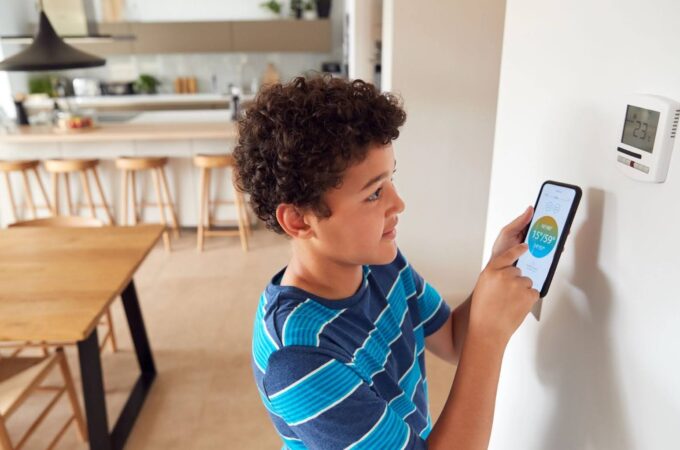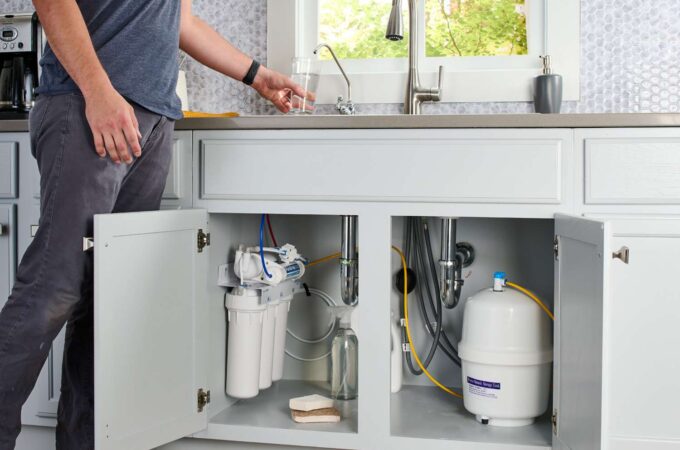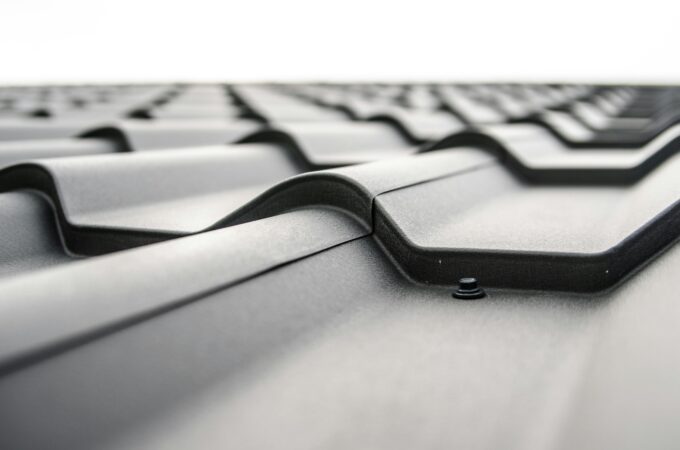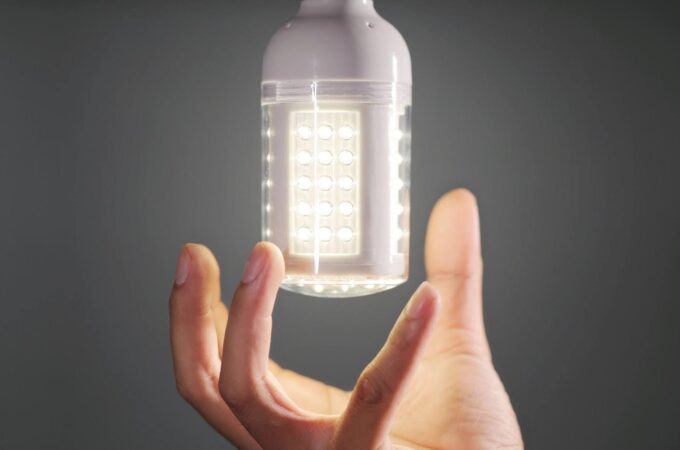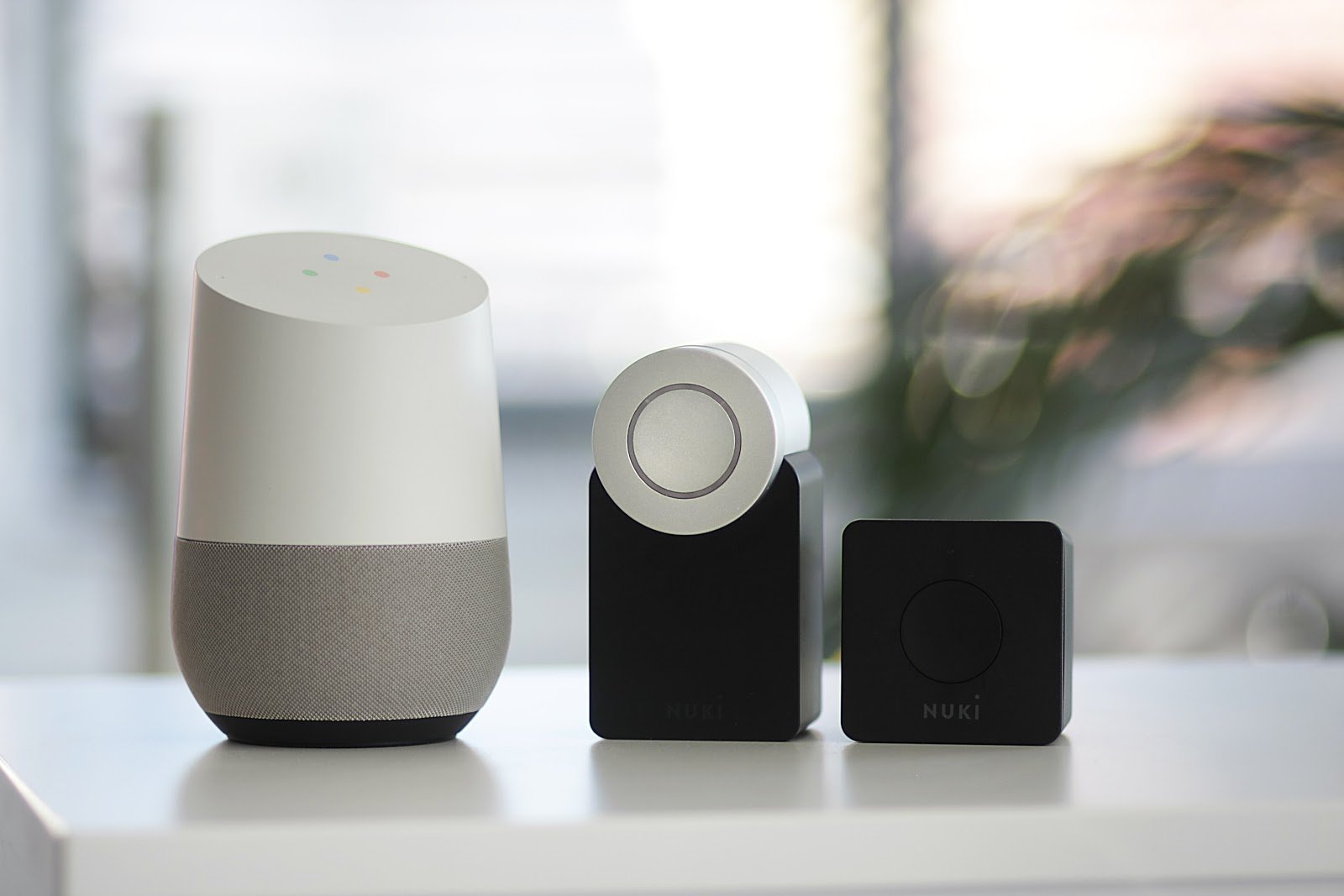
New Smart Home Tech to Kit out Your House
Let’s say you have a beautiful furnished apartment in Los Angeles, but it is still missing something. It’s not the color of the interior or your furniture. It’s not a lack of plants or beautiful artwork on the walls. It might just be a lack of smart tech in the home.
Admittedly, when smart tech first come out with fridges being able to show what foods you have in via an inside camera over the internet straight to your phone, well, that seemed a bit bit like tech for the sake of tech. Or being able to link up the lighting of your home to your TV might seem a bit excessive, a bit ‘has science gone too far.’
And smart tech is only for geeks, people who love spending their money on this because it’s expensive, right? And you need an army of tech geeks and engineers to get it all installed right? Well, no.

Smart tech is more accessible than most people think. Sure, most of the smart tech will fall under the category of ‘nice to have’ but there are beneficial implementations that can make our lives easier, safer, and more environmentally conscious. As with any innovative product, early smart tech solutions were expensive, difficult to install and cumbersome to use.
As smart tech finds more commercial success, the initial investments are returning now thanks to the early adopters. With increased production and consumption comes economies of scale and efficiency that translates to lower prices. With increased adoption comes truly ‘tried & tested’ use-cases that help manufacturers to streamline not only installation processes but also day-to-day usage.
One of the critical accelerants is the involvement of tech giants such as Google, Microsoft, Apple and Amazon in the space of voice assistants and IoT (internet of things) ecosystems, a different way to describe smart tech. Although there are still plenty of smaller players working on diverse smart tech ecosystems, the smart money would be on one of these larger players to set the tone. Alternatively, it might be the case that these smaller players will be snapped up by one of these giants. The winner should be the end-user who will get a more predictable and widely supported ecosystem in which he or she can connect smart devices.
That will probably be one of the first considerations to make, what ecosystem do you want to use? In essence, they will all do the same thing, with Google’s ecosystem being the most open, and Apple’s is the one that is mostly closed off. It might be the case that you already have smart devices that connect better to a specific ecosystem that will determine that choice for you already. Which ecosystem you choose will depend on how much you want stuff to be ‘out-of-the-box’ ready or how much flexibility and choice you want to have. Also, look into what kind of smart devices you want to start out with.
A few suggestions below to help you on your way.

For the eco-friendly smart homes, a smart thermometer is essential. Being able to reduce unnecessary heating of your home can not only save the planet (a little) but also save you money in the long run. In the same vein, you could have smart power sockets and smart lights, reducing energy usage when they can. The latter, smart lights, can also help transform the look of your home.
Smart tech can also keep your home safe. Think of internet cameras connected to your doorbell, or just remote cameras in general so you can watch your pets or kids when you are away. You can also have a smart door lock that allows you to let people in when you’re not physically there. Or water sensors that can detect a water spill or leakage to shut off the main valve. Or think smart carbon dioxide devices that will send you a message when something’s amiss.
Smart tech can also just be convenient and fun. Think a robot vacuum or mop that will keep the home clean. Or perhaps a smart trash can that has sensors to open and close or one that will suck up trash when you sweep it up to the trash can. Also, larger appliances such as washing machines can be smart, deciding on the dosage of detergent and length of the washing cycle. They can even send a message to your phone, so you will avoid forgetting about the wash.
Smart tech isn’t that expensive anymore, albeit still a luxury. With increased adoption and increasingly more meaningful implementations, it won’t be long until your home is smart as well.
